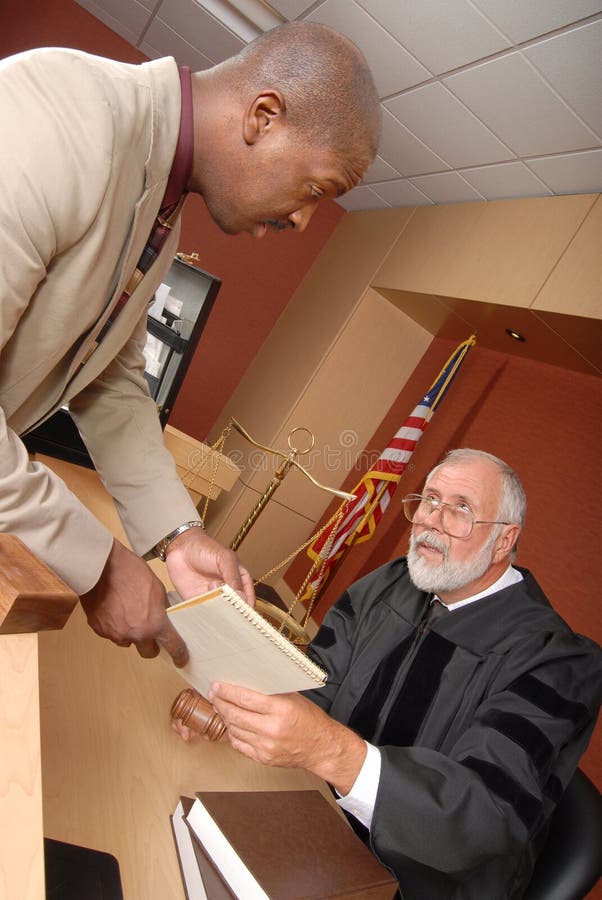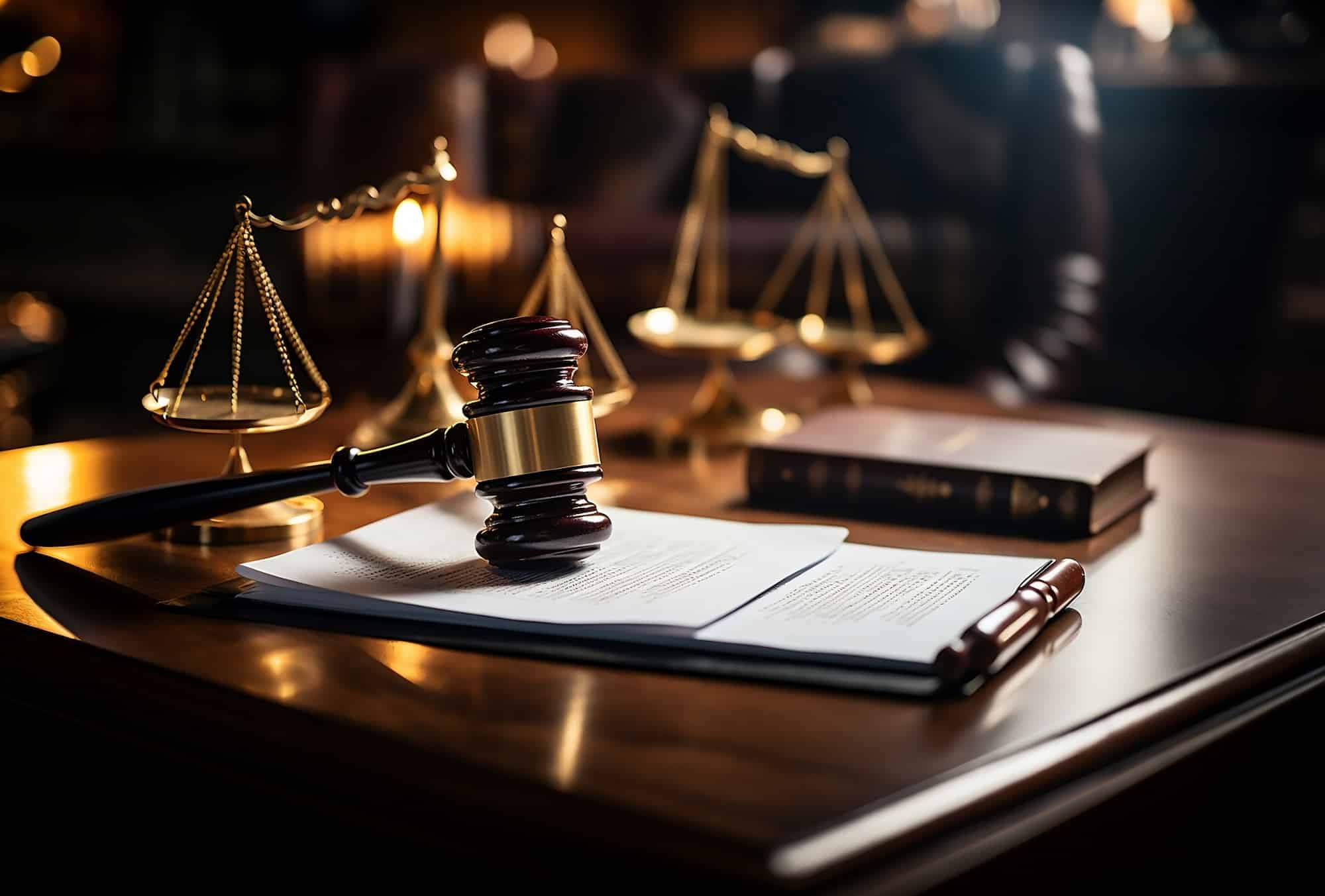Navigating the Intricacies of Trial Presentations: Tips for Seamless Delivery and Engaging Arguments
In the world of legal process, the art of trial presentation stands as an essential factor of success. As attorneys browse the intricate internet of courtroom characteristics, the ability to flawlessly provide debates and evidence while astounding the jury's focus becomes extremely important. The intricacies inherent in trial discussions require a fragile balance of skill, skill, and method. By honing methods that make certain a polished shipment and crafting engaging arguments that resonate with the target market, lawful professionals can considerably boost their advocacy. In a world where persuasion reigns supreme, grasping the details of trial presentations is not simply an alternative yet a necessity for those seeking to prevail in the court.

Recognizing Test Objectives
To efficiently browse a test, it is crucial to have a clear understanding of the objectives that need to be attained. Before entering the courtroom, legal groups need to define their goals and preferred results. These goals act as guiding concepts throughout the trial, forming strategies and affecting decision-making processes.
Recognizing trial objectives entails a thorough analysis of the situation, lawful precedents, and the client's benefits. Trial Presentations. It needs a precise exam of the truths, identifying crucial problems, and anticipating prospective challenges. By establishing specific and measurable goals, attorneys can customize their debates and discussions to align with the desired results
Additionally, a clear grip of trial goals enables lawful groups to prioritize proof, witnesses, and legal arguments properly. It enables the advancement of a coherent story that reverberates with the discretionary, strengthening the general case discussion.

Organizing Proof Properly
Having a clear understanding of test purposes lays the structure for arranging evidence effectively in legal proceedings - Trial Presentations. By aligning the presentation of evidence with the preferred end results of the trial, legal teams can reinforce their debates and boost their persuasiveness. One crucial element of organizing proof is categorization. Organizing proof based upon themes or relevance to specific lawful aspects can assist simplify the presentation and make complicated info a lot more absorbable for the judge or court.
Another trick aspect in organizing evidence properly is developing a logical flow. Offering evidence in a coherent and consecutive manner can help develop an engaging narrative that sustains the lawful debates being made. Furthermore, making use of visual aids such as charts, charts, or timelines can better enhance the organization of proof and assist in clearing up complicated relationships or sequences of events.
Furthermore, making sure that all evidence presented is appropriate and admissible to the case is vital. Inadmissible or unimportant evidence can interfere with the stamina of the debate and potentially hurt the integrity of today event. For that reason, a meticulous testimonial and selection procedure need to be undertaken to include only one of the most lawfully audio and impactful evidence in the test presentation.
Crafting Convincing Narratives
Crafting compelling narratives plays a pivotal duty in providing convincing disagreements during browse around this web-site legal proceedings. When constructing a story for a test discussion, it is vital to establish a clear storyline that highlights key points and attaches them in a systematic fashion. By weaving with each other proof, testimony, and lawful arguments into a influential and natural narrative, legal professionals can efficiently support for their customers and increase the chance of a desirable result in the courtroom.
Mastering Aesthetic Help
Efficient use visual aids is crucial to boosting the influence and clarity of trial discussions. Aesthetic help, when made use of purposefully, have the power to streamline complicated information, reinforce essential points, and leave a long-term perception on the discretionary. To understand visual aids in test discussions, it is essential to make sure that they are clear, succinct, and relevant to the arguments being made.
When integrating aesthetic aids, such as charts, hop over to these guys graphs, pictures, or timelines, right into a trial presentation, it is necessary to maintain them aesthetically appealing yet expert. The visuals should match the spoken disagreements, offering a graph of the information being reviewed without overwhelming the target market with unneeded information.
Additionally, exercising with the visual help in advance is essential to ensure a smooth shipment throughout the test. Familiarizing oneself with the content, transitions, and timings of each visual aid can assist keep the flow of the presentation and stop technological glitches that might occur.
Providing Impactful Closing Debates
An engaging closing debate works as the conclusion of a trial presentation, encapsulating the core narrative and convincing the judge and court in the direction of a desirable decision. To deliver an impactful closing disagreement, it is critical to succinctly wrap up vital points, highlight the toughness of your instance, and deal with any weaknesses in a tactical fashion. Begin by laying out the major disagreements that sustain your client's placement, stressing why the evidence presented throughout the trial sustains your narrative. It is crucial to produce a sense of cohesion and quality, leading the judge and court in the direction of the desired conclusion.
Furthermore, including emotional allure can further strengthen your closing disagreement. Eventually, a well-crafted closing argument must leave a lasting impression, compelling the judge and jury to rule in your client's support.
Final Thought
To conclude, mastering test presentations entails understanding objectives, organizing proof, crafting narratives, making use of visual help, and providing impactful closing disagreements. By implementing these approaches efficiently, legal representatives can provide their situation perfectly and make compelling arguments in the court room. It is crucial to navigate the intricacies of trial discussions with accuracy and skill to accomplish success in legal process.
By aligning the presentation of evidence with the wanted results of the trial, legal groups can reinforce their disagreements and enhance their persuasiveness (Trial Presentations). To grasp visual aids in test discussions, it is important to guarantee that they are clear, succinct, and pertinent to the debates being made
An engaging closing argument serves as the culmination of a test presentation, encapsulating the core story and encouraging the judge look here and jury towards a positive decision. Begin by describing the main debates that sustain your customer's position, highlighting why the evidence provided throughout the test sustains your story.In conclusion, mastering test discussions entails understanding purposes, arranging proof, crafting stories, using aesthetic help, and supplying impactful closing disagreements.